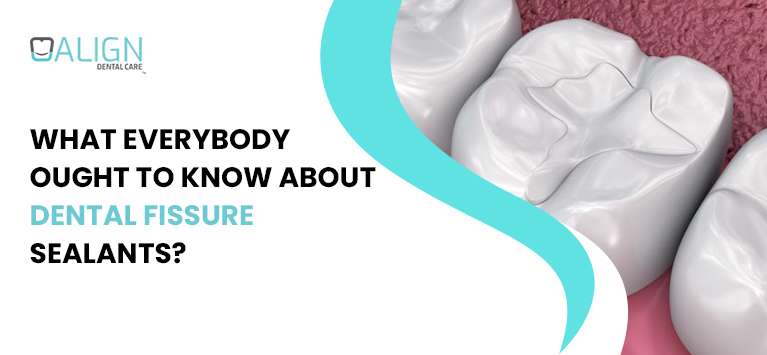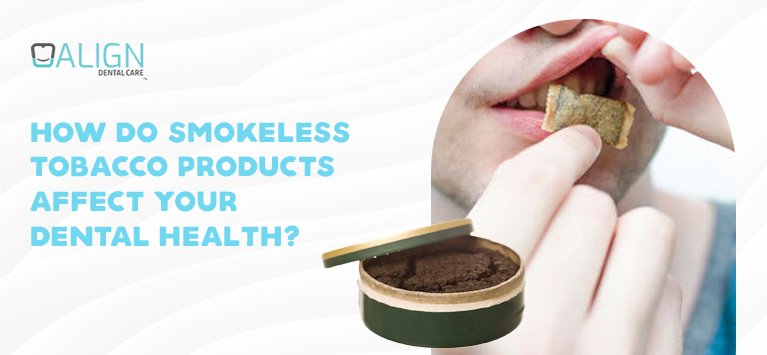
What everybody ought to know about dental fissure sealants?
Dental fissure sealants are clear composite resins and are primarily made up of glass ionomer. These sealants are used as a preventative dental treatment to protect molar and premolar teeth from developing pits & fissure cavities.
When you look at your molar teeth, they have groovy lines called fissures. Simultaneously, pits are also present. Such pits and fissures form the chewing surfaces of molar teeth. The deep grooves allow the food particles stuck and accumulate there. Meanwhile, the base of those grooves is inaccessible to toothbrush bristles.
In such cases, food debris and microbes pile up, followed by causing plaque build-up, cavities, etc. The pits and fissures increase the risk of cavities however impeccable your oral hygiene activities are.
This is where fissure sealants are required. The role of this thin coating material in safeguarding our teeth is explained in this blog article.
Table of Contents
When is it necessary to use fissure sealants?
If a person has a deep groove in any of their molar teeth, their dentist may advise getting fissure sealants. Meanwhile, sealants are not always necessary for teeth with fissures. Dentists determine whether a back tooth requires sealants.
A clinical evaluation is mandatory for dentists to determine whether repairing a back tooth requires sealants or other appliances. In most cases, dentists prescribe sealants for the first molar teeth that emerge at around 6 years old. Likely, the sealants can also be applied over the second molar teeth that erupt at around 13 years old.
Dental doctors apply fissure sealants if they detect the early stage of pit & fissure cavities in molars or premolars to prevent further decay.
There is a misconception that fissure sealants are designed to protect milk teeth alone. Even though it is widely used to treat fissured cavities in kids, adults can also get fissure sealants depending on the depth of caries.
What is involved in the fissure sealants procedure?
Applying dental fissure sealant is a quick & painless procedure. Since there is no need for drilling or anesthesia, it is considerably simpler than cavity fillings. The dental fissure sealant procedures comprise the following steps:
- The problematic tooth is washed thoroughly and then dried.
- The tooth’s chewing surface is prepared to apply sealants.
- When the sealant is applied over the tooth’s chewing surface. It flows into the deep grooves and pits.
- Later, the applied sealant is hardened using a dental curing light.
- Then, the excess sealant is removed to ensure the repaired tooth’s chewing surface is even so that the patient will not encounter any biting issues after the treatment.
The coating’s wear down is inevitable. It varies for each people. Sometimes, the sealants fall off from the teeth within months whereas they can last up to years for some people. Whatever it is, don’t forget to follow the aftercare instructions you received from your dentist.
Bottom line
Remember that the fluoride in the toothpaste you use or water you drink cannot reach the deep grooves of your teeth. Hence you need a special protective covering to prevent problems that arise from fissures. The dental sealants can shield a tooth from developing cavities in fissures and pits. Moreover, it does not have any allergic reactions in the patients.
Want to know more about fissure sealants? Ask in the comment section. You will get replies from our Dehiwala dentists soon.



























